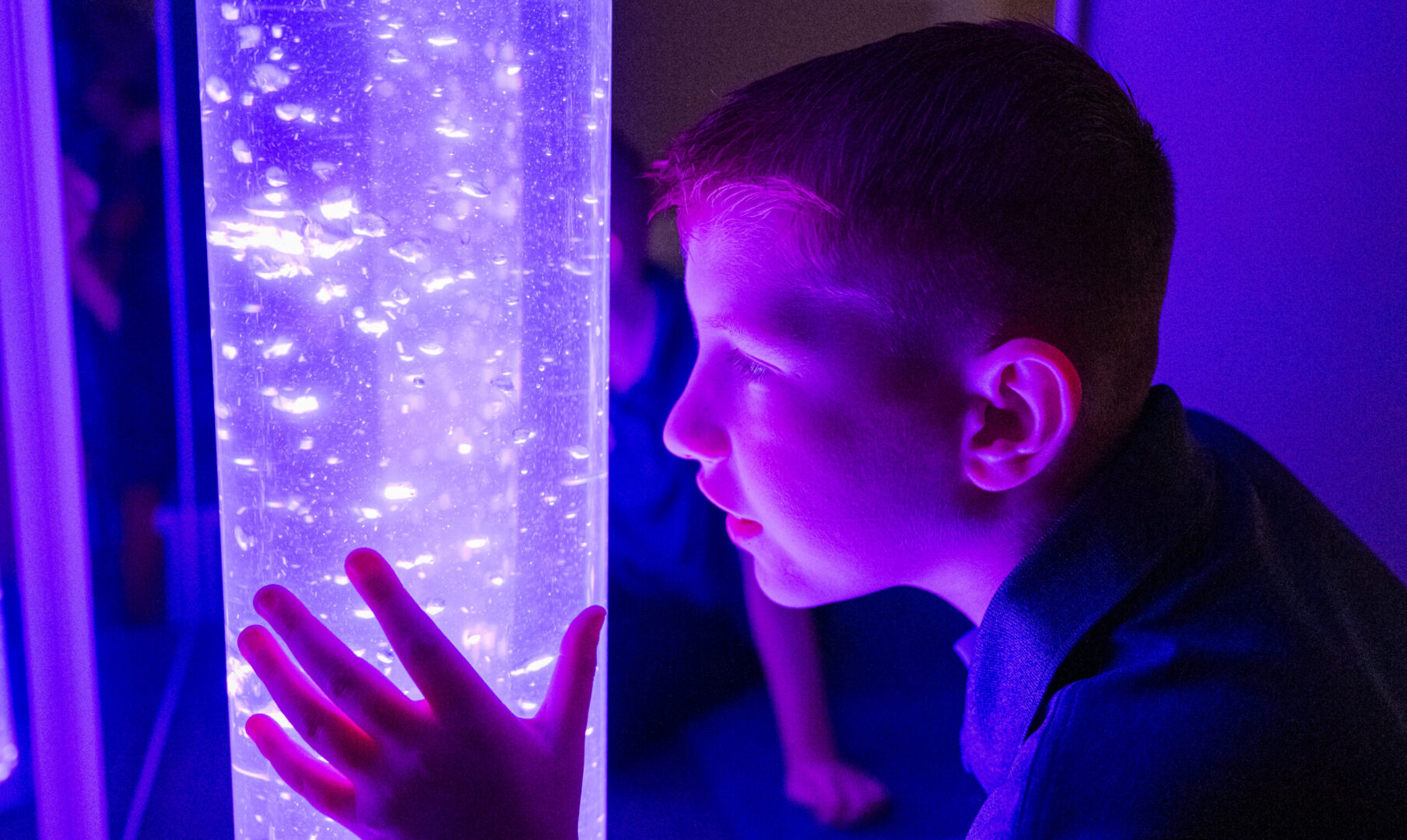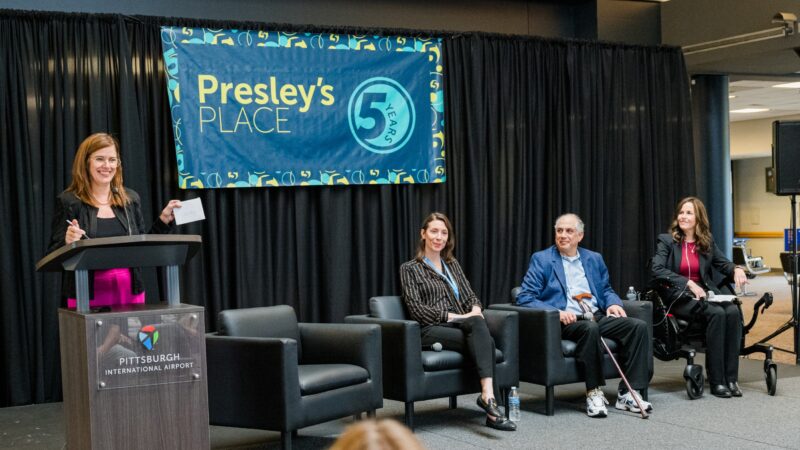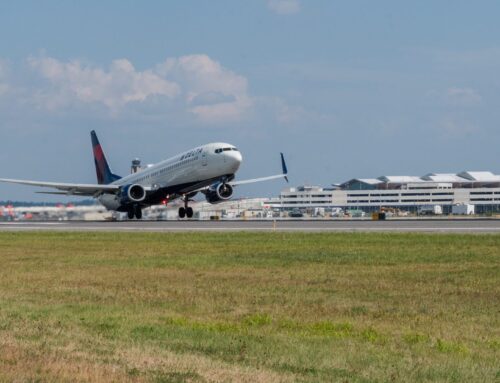Presley’s Place: The ‘Gold Standard’ for Accessibility in Airports
PIT marks five years since opening its sensory room; serves as a model for airports around the world
By Gina Mastrangelo & Julie Bercik
Published October 7, 2024
Read Time: 3 mins

Pittsburgh International Airport is one of the first airports in the world to offer a sensory room for travelers, but its impact extends far beyond its city’s three rivers.
PIT’s sensory room, named Presley’s Place, is celebrating its fifth year of service at the airport. Airports across the world have since followed suit, helping travelers with autism and other sensory sensitivities to enjoy their journeys.
“Presley’s Place has kicked off a series of actions and reactions in which we can keep finding more that we can do,” PIT CEO Christina Cassotis said. “And we should because this place should work for everyone. We want to see more people experience the joy and the adventure of travel.”
Presley’s Place is named for Presley Rudge, now 9, who has autism. His father, Jason Rudge, a heavy equipment operator at the airport, wrote a letter to Cassotis in 2017 requesting the airport build a sensory room, but he didn’t know just what a difference his idea would make.
“I came up with an idea that I think will help children that may travel through Pittsburgh International Airport,” his letter read. “I believe that a sensory room could be a great addition to our terminal.”
Soon after Cassotis read Rudge’s letter, team members from PIT’s frontlines, trades and administrative offices worked together to make the room possible. In 2019, the space officially opened its doors.
“We have inspired the kind of change I came here to effect,” Cassotis said. “I’ve always said I didn’t come to run an airport, I came to change the industry, and I never expected to do it alone.”
‘Gold standard’
In celebration of the room’s five-year anniversary, last week PIT hosted a panel discussion with leaders in disability awareness advocacy and the team at PIT that helped put the room together.
The panel featured Eric Lipp, executive director and founder of the Open Doors Organization and Christina Abernethy, disability rights activist and local community leader. Sam Stedford, PIT’s director of experience and design, and Siri Betts-Sonstegard, senior vice president of experience and design, also joined the discussion.
Lipp is a member of PIT’s accessibility working group, which formed in 2018 and is working to make the airport’s new terminal fit for all. He says Presley’s Place is the model for airports everywhere to follow.
“We have these now at airports everywhere,” he said. “You guys [PIT] are the gold standard, not just here but across the world.
“I think you probably have no idea the millions of lives you’ve changed by bringing this, to lead the path for these going all over,” Lipp added. “You’re a leader in this area.”

PIT CEO Christina Cassotis holds a note written to heavy equipment operator Jason Rudge, thanking him for his idea to create a sensory room in 2019. Cassotis spoke before a panel discussion celebrating five years of Presley’s Place. (Photo by Beth Hollerich)
PIT’s Experience and Design team is dedicated to improving the passenger experience, a unique feature of airports. Stedford says that her team is committed to understanding the diversity needs of passengers to ensure accessibility features are implemented through every step of their process. The team has developed a set of universal access principles to get a better understanding of best practices across industries.
“We don’t just react to accessibility needs,” said Stedford. “We anticipate them.”
Stedford ran the accessibility working group that helped design Presley’s Place – a crucial aspect of the design process that changed the vision of the room. She believes that including people who live with disabilities in the design of spaces like Presley’s Place should be a standard practice.
“It’s essential to include people with lived experience in your design process,” Stedford said. “Otherwise, you’re just assuming that you know what people need instead of learning from them.”
Abernathy was also a critical part of building Presley’s Place. She suggested the airport include accessible restrooms with adult-sized changing tables, which is now a part of Presley’s Place. The airplane experience in Presley’s Place – a key feature of the room that replicates and aircraft cabin with real seats – is another idea that came from the accessibility working group sessions.
“I want people with disabilities and people who represent them to be at the forefront of these conversations so when we’re rebuilding and we’re doing construction on new sites, we’re talking about accessibility in a way that accommodates people of all shapes, sizes and abilities,” she said.






